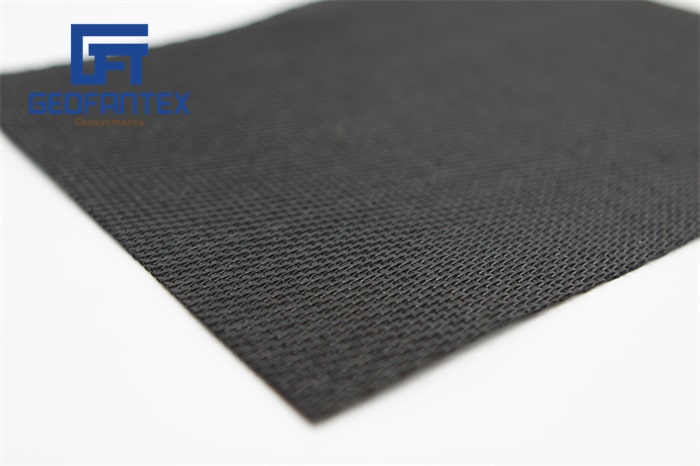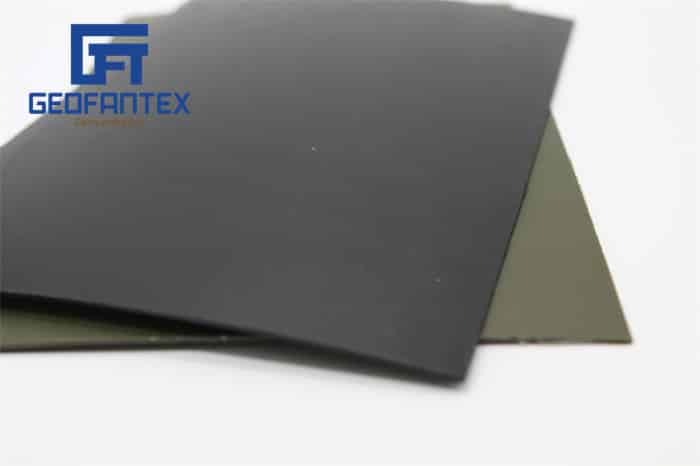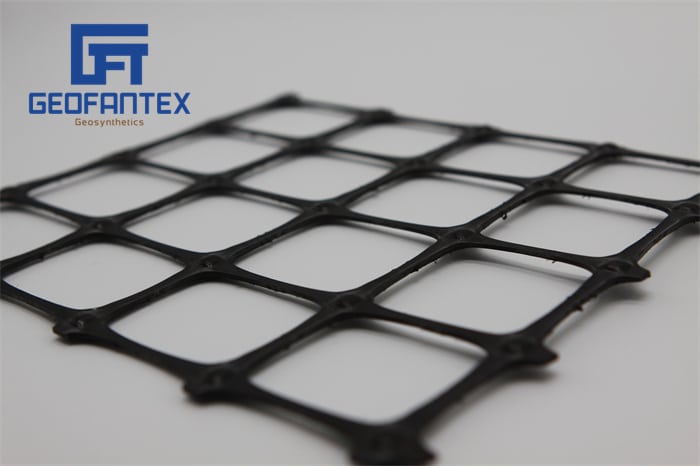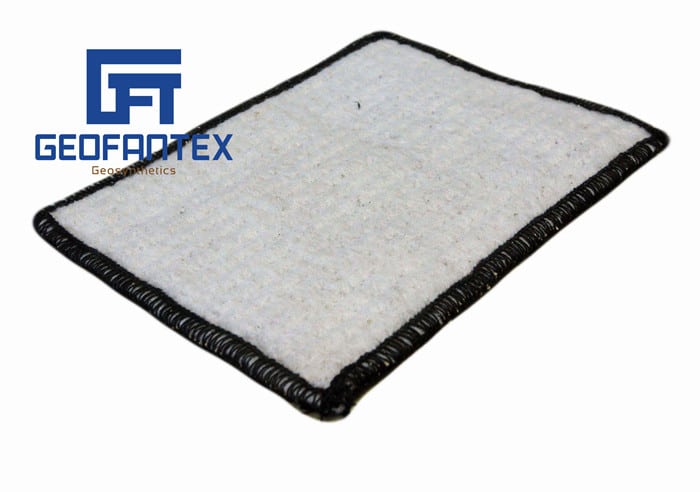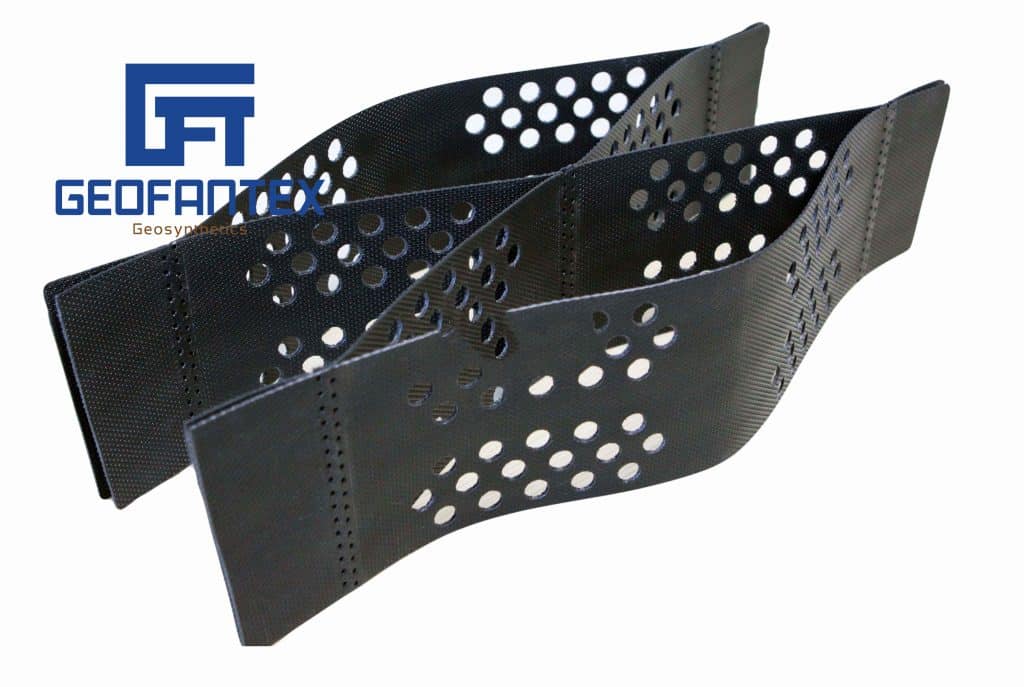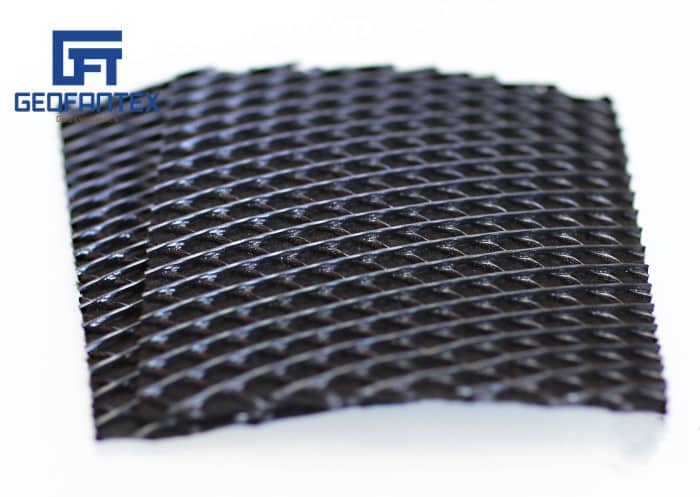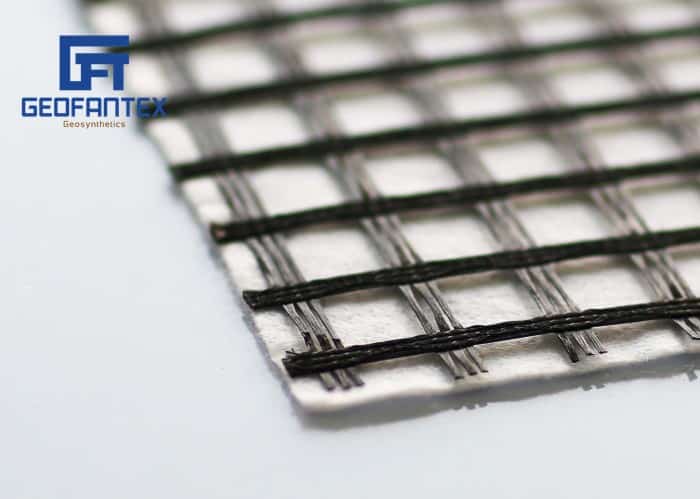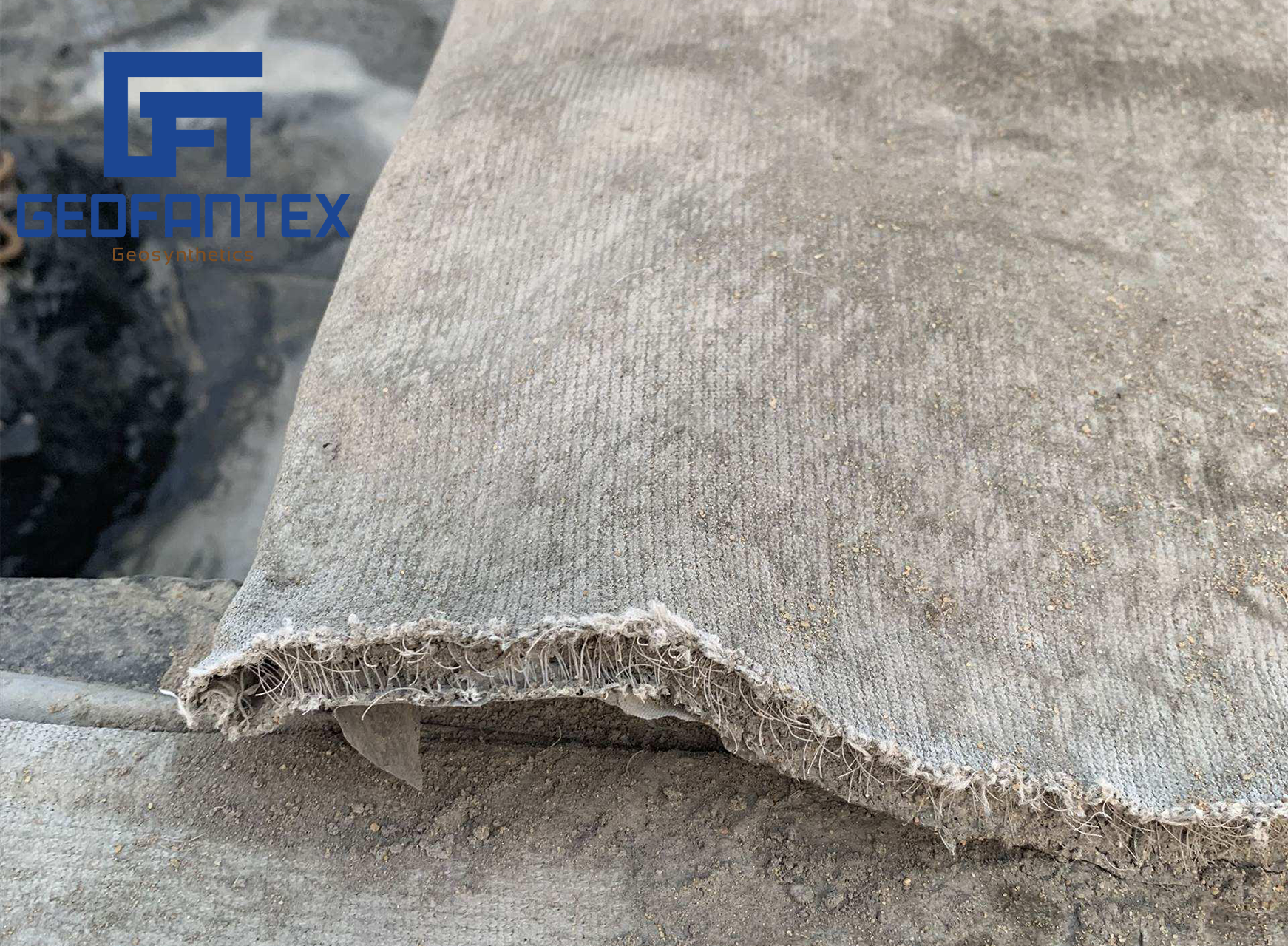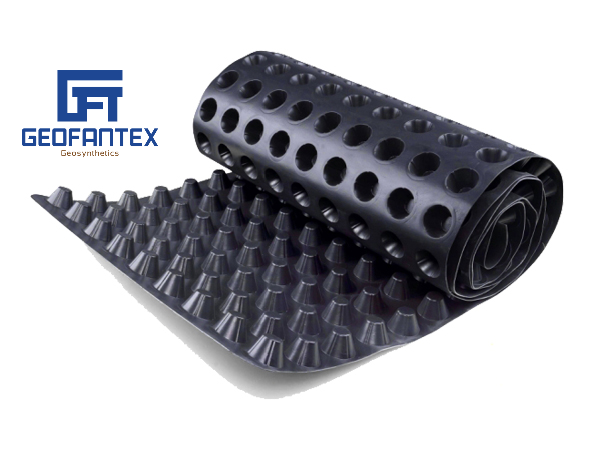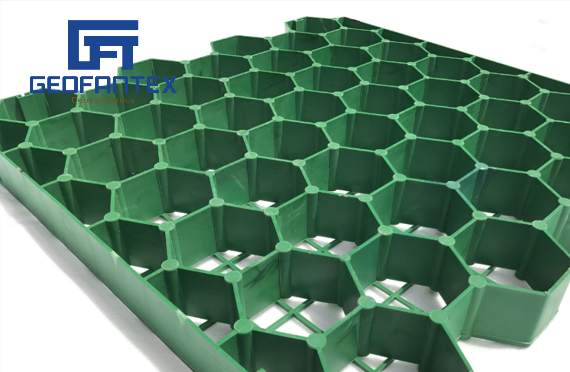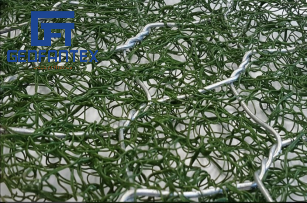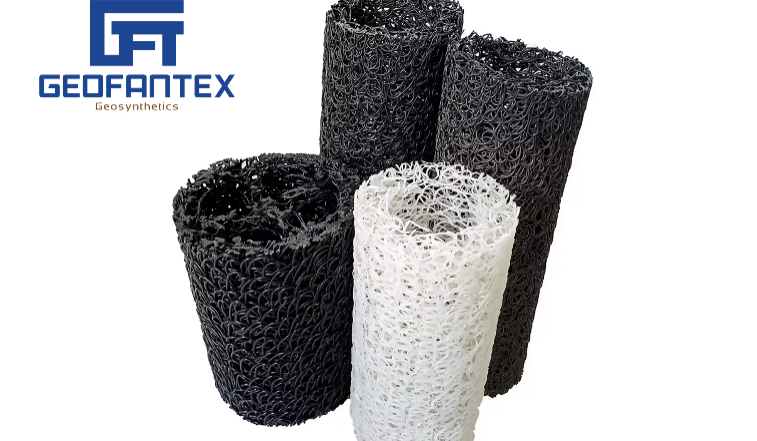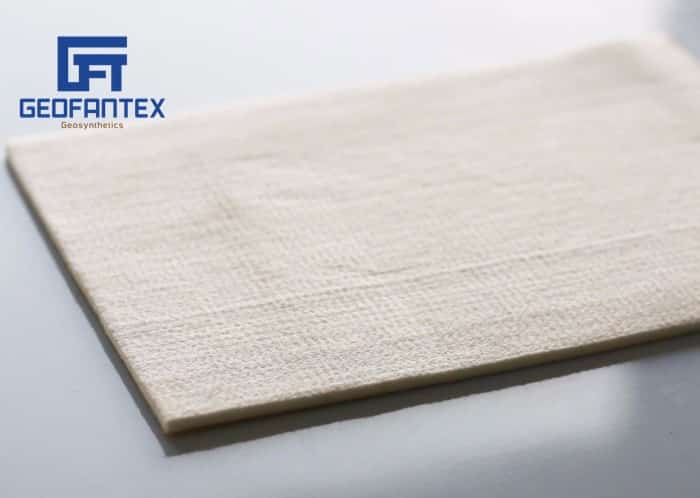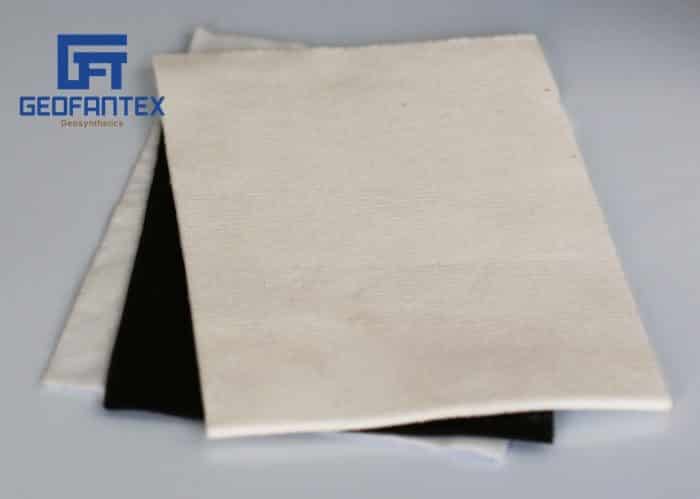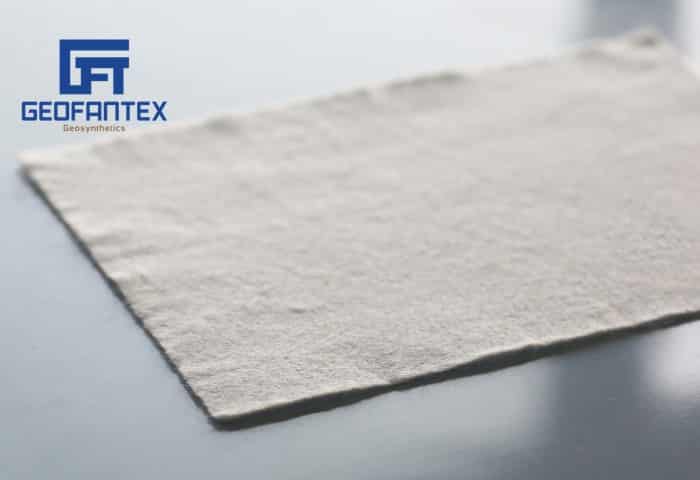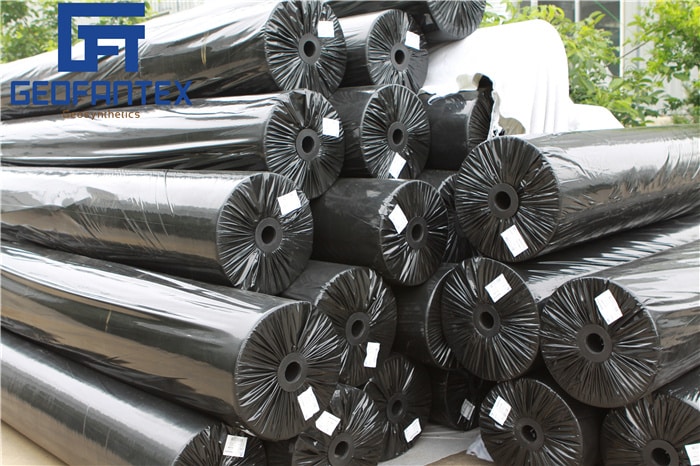+86-159 9860 6917
info@geofantex.com
geofantex@gmail.com
+86-400-8266163-44899
The geosynthetic reinforced integrated bridge system is gaining popularity as a cost-effective and durable solution for bridge construction and rehabilitation. This article addresses key questions surrounding its design, benefits, and implementation, focusing on how geosynthetics contribute to its effectiveness.
What is a geosynthetic reinforced integrated bridge?
A geosynthetic reinforced integrated bridge is a structure where geosynthetic materials, such as geogrids or geotextiles—are used to stabilize the soil in bridge abutments or approach embankments. This integration helps reduce settlement, improve load distribution, and create a seamless connection between the bridge and the surrounding roadway. The use of geosynthetics in these systems offers better structural integrity and minimizes long-term maintenance.
What problems does this system solve in traditional bridge construction?
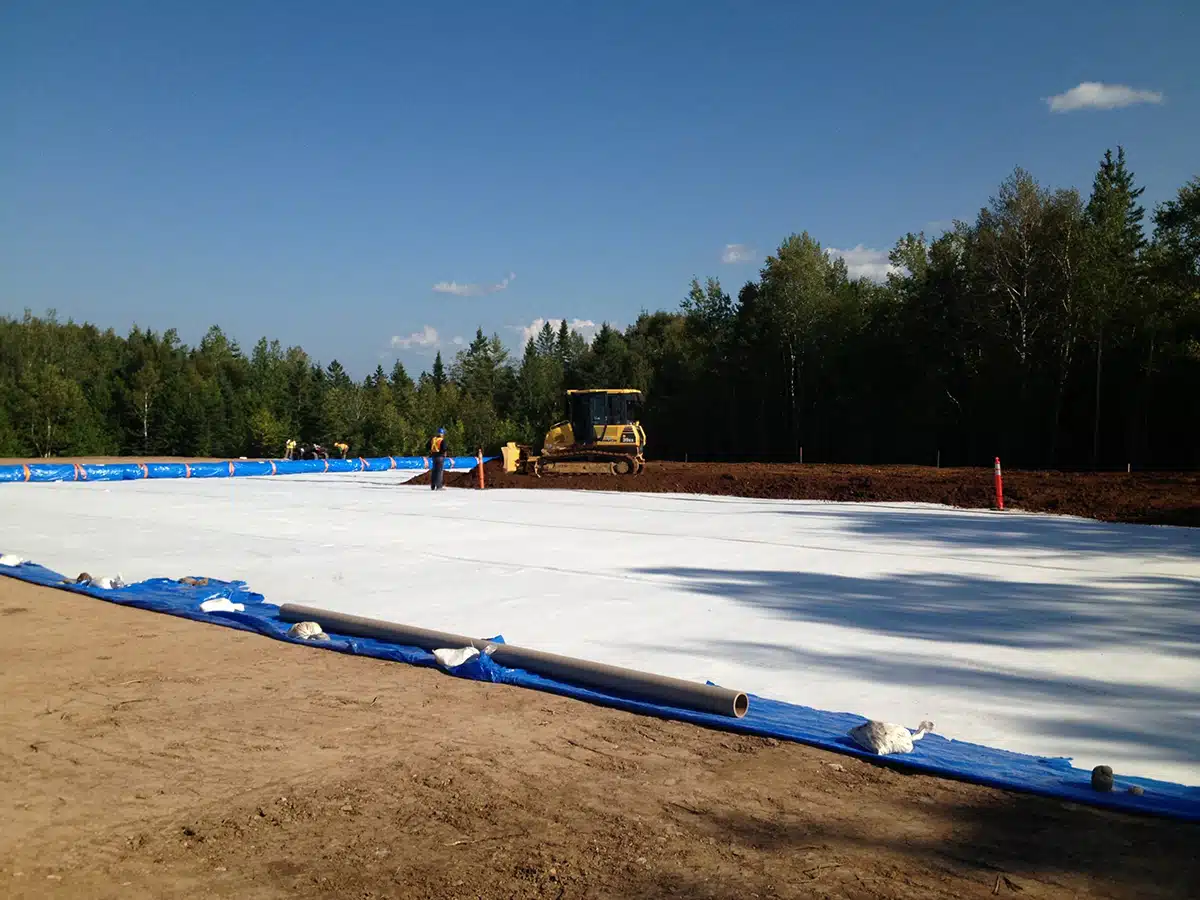
Traditional bridges often face differential settlement between the bridge deck and the embankment, leading to “bump at the end of the bridge” issues. By incorporating geosynthetic materials, this system effectively mitigates those problems by reinforcing the soil structure, preventing excessive settlement, and improving stability. The approach enhances performance while also extending service life.
How are geosynthetics selected and installed in this application?
Selection of geosynthetics depends on factors like soil type, load requirements, and environmental conditions. Typically, high-strength geogrids or woven geotextiles are placed in layers within the approach embankment. These layers work together to distribute loads and reinforce the fill material. Proper design and installation are critical to ensure the success of the geosynthetic reinforced integrated bridge system.

What are the long-term benefits of using this type of bridge system?
Long-term benefits include reduced maintenance costs, improved safety due to less settlement, and a faster construction timeline. The use of geosynthetics leads to more resilient infrastructure and aligns with modern sustainable engineering practices. As a result, geosynthetic reinforced integrated bridge systems are increasingly adopted in transportation projects worldwide.
The geosynthetic reinforced integrated bridge is a modern solution that addresses common bridge construction issues like settlement and long-term maintenance. By integrating geosynthetics such as geogrids and geotextiles into the bridge’s approach embankments, this system enhances soil stability, improves load distribution, and extends the lifespan of the structure. It offers practical advantages including reduced construction time, lower maintenance costs, and increased safety, making it an effective choice for sustainable infrastructure development.



Get Free Sample
We’ll respond as soon as possible(within 12 hours)


